10 Ways to Help Your Dog Through Fireworks Season
Jun 30, 2021
Fireworks are beautiful and awe-inspiring for humans to see. They symbolize freedom and summer and celebrations to us. However, fireworks are damaging to the environment, dangerous for wildlife, and they terrify many of our pets and veterans. The summer holiday season, especially July 4th, can be a traumatic incident for many pups. Here are 10 ways to help your pups have a safer and calmer fireworks season:
- Containment. More pets go missing on July 4th than any other day of the year. Fireworks can happen throughout the day and spook dogs that normally stick around. Keep your dog inside as much as possible and on leash when outdoors. Check all fences and gates ahead of time to make sure they are locked and secure. If taking a walk that day, use two forms of attachment to a secure 3-point harness and martingale collar so that if a firework goes off while you’re walking, your dog can’t slip out and flee.
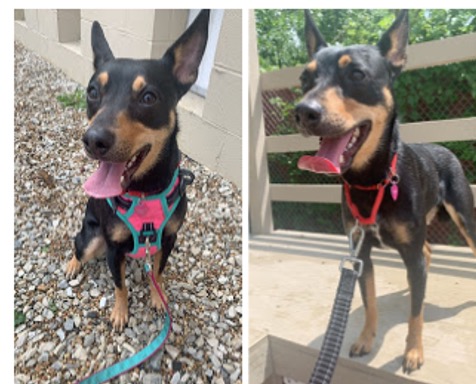
- Make sure your dog has appropriate ID. A collar with ID tags is the fastest and most reliable way your dog will be able to be returned to you if they do happen to run away in fear of fireworks. Make sure your dog is microchipped and that the microchip is still scanning and all information is up to date. This can be done very quickly at most vet clinics and most microchip companies have online databases where you can update your info.



- Create a safe and quiet place. Dogs have incredible hearing and the boom of fireworks can be overwhelmingly terrifying to them. They do not understand what that boom is and all of their instincts are telling them that it is dangerous and they need to get away! Giving your dog a safe, comfortable, and quiet place to retreat to can help them cope with the fear. Often, the sounds are quieter in a basement or interior room of the home. Many dogs want a small, covered place to hide, such as in a crate or under a bed. Making that place comfortable and making sure they have quick and easy access to water is important. Keep windows and curtains closed so flashes of light and the booms they predict are muffled.
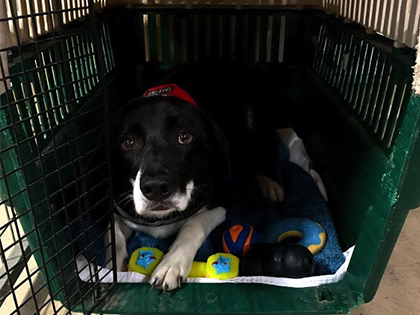
- Mask the noise. Turn on the TV with white noise, music, nature sounds, or movies with people talking. Avoid action shows that use gunshots or shows that may have fireworks in them. The dog will be oversensitive to those noises at this time and those may make their fear worse.
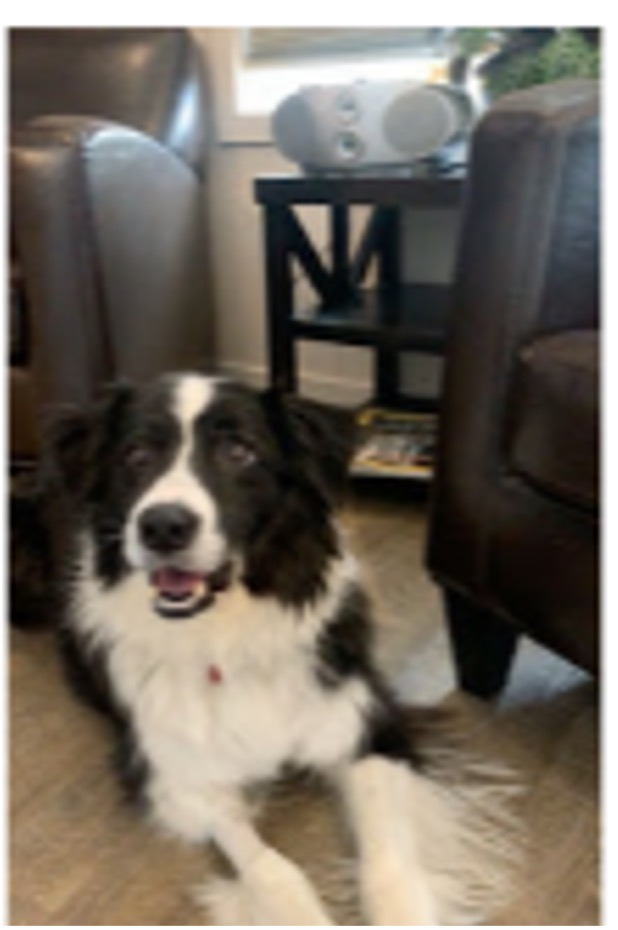
- Comfort your dog. Studies have shown that being pet by their people reduces heart rate and blood levels of cortisol, the stress hormone. Being there for your pup and doing calm and gentle petting can help them cope with firework fear. Never scold your dog for behaviors performed in terror and do not get overly excited with them. You want to be a calming and safe influence on them, not someone adding more stimulation to their overstimulated brains.
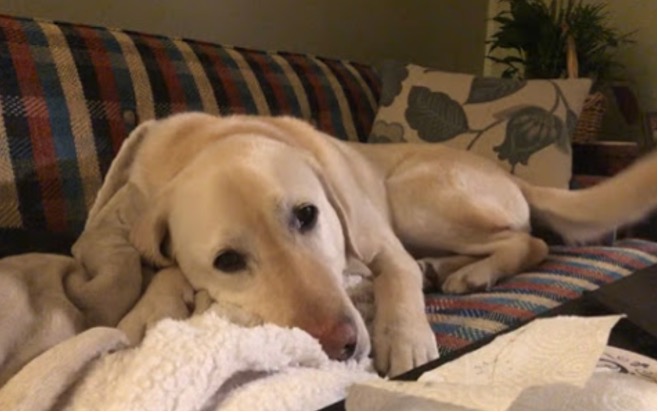
- Calming aids can help. There are a lot of herbal supplements, pheromone sprays such as Adaptil, and compression treatments like Thundershirts out there. Different things work for different dogs and while some dogs will gain comfort from these things, other dogs may not. It’s best to try some of these ahead of time during thunderstorms or fewer fireworks to see if they work for your dog rather than waiting for July 4th and finding out they don’t help.



- Sound reducing earphones made for military and airport K9s are available. These will help reduce the incoming firework sounds to your dog and help make the night less terrifying. Dogs must be positively conditioned ahead of time to wearing these devices so that they don’t increase stress or try to remove them. They need lots of treats and patience!
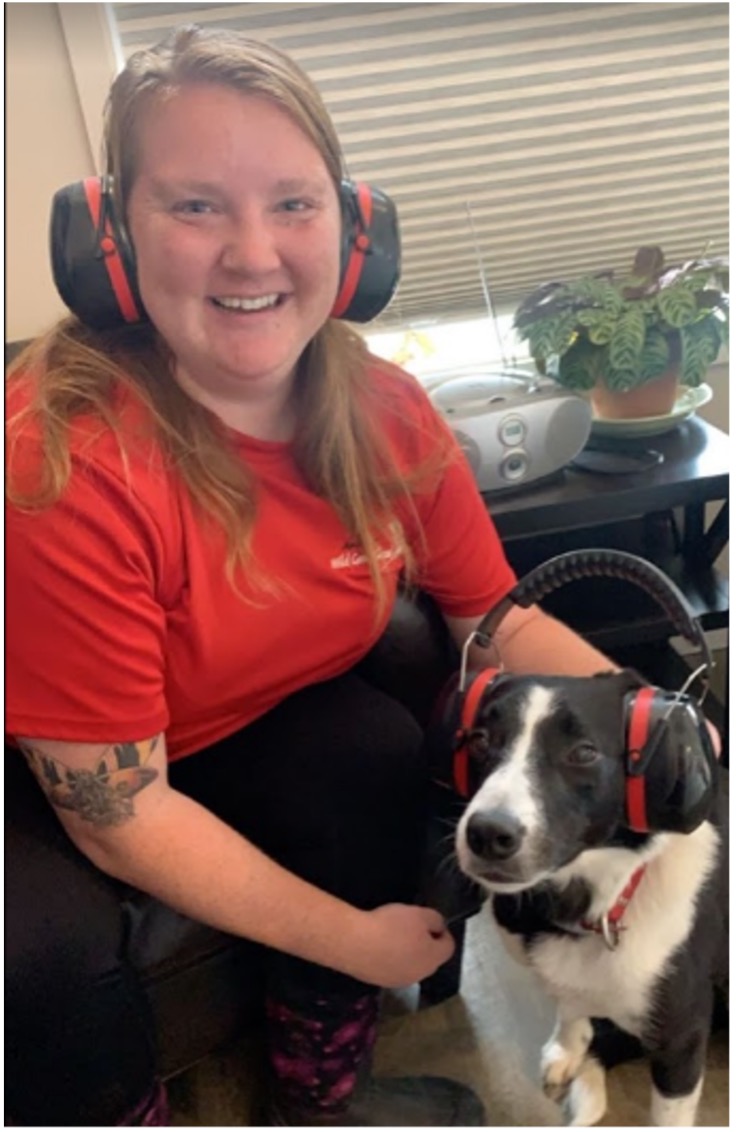
- Pharmaceutical intervention. If your dog is extremely terrified of fireworks, there are prescription anxiety and sedative medications like Trazadone that can help. It’s important to speak with your vet ahead of time to see if these would be a good choice for your pup, but they can be a godsend for many dogs on a day normally filled with terror.
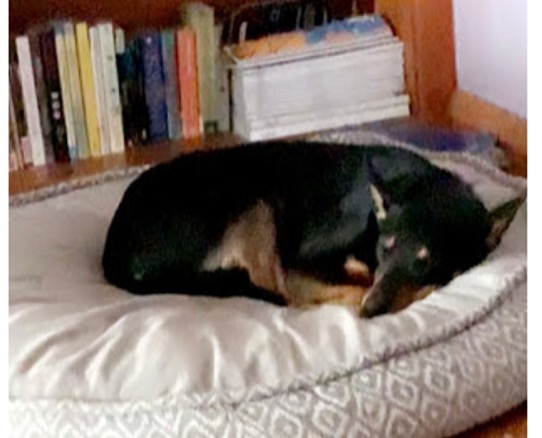
- Training. You can train a dog to be less fearful of loud noises like fireworks. This takes time and patience, and it’s recommended that you start training in the fall so that you have a long time to practice without having real fireworks. The idea is to play the noises of fireworks on a very quiet setting that doesn’t make your dog fearful. Then have those quiet fireworks predict a tasty treat is coming. As the dog learns that fireworks = treats, they should start looking forward to that noise. Then, at the dog’s comfort pace, you gradually increase the volume of the firework noises until your dog can be comfortable with them at a loud volume. Then, progress to real fireworks when the dog is indoors in his safe place and move on from there. The goal is to outweigh “fireworks are scary” with “fireworks mean treats.” If you rush the training, or there is an incident of real fireworks before the pup is ready for that, it can backtrack and ruin training progression. This takes a lot of time and patience, since the noise is instinctively scary to many dogs and every incidence of fear puts more and more weight on the “fireworks are scary” side of the scale.
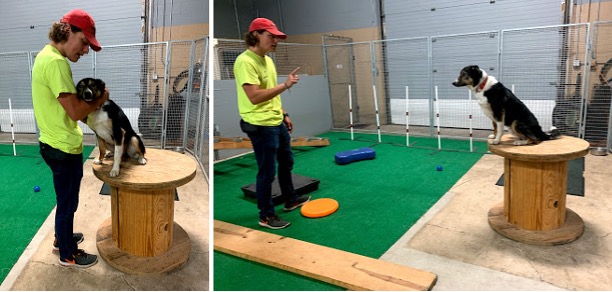
- Get away. If your home is near where a lot of loud fireworks will be blasting all weekend, it may be best to go visit a friend, family member, or even Airbnb or hotel with your pups in a place that won’t have loud and terrifying firework shows.
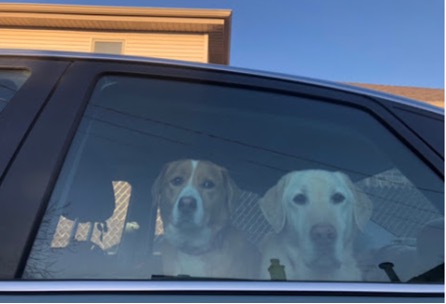
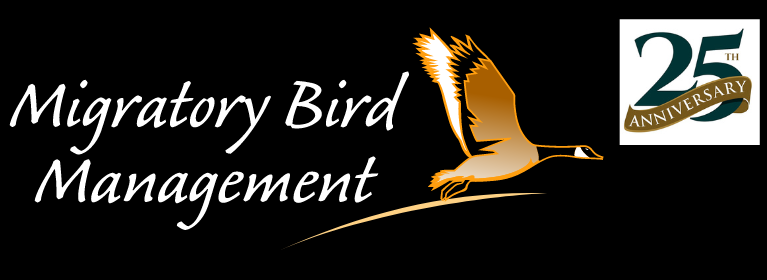



 0
0
